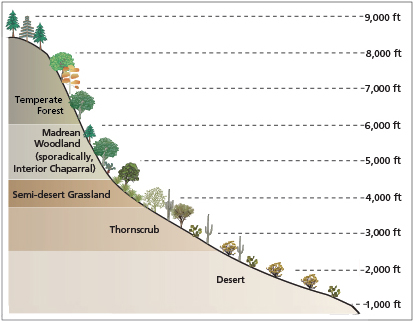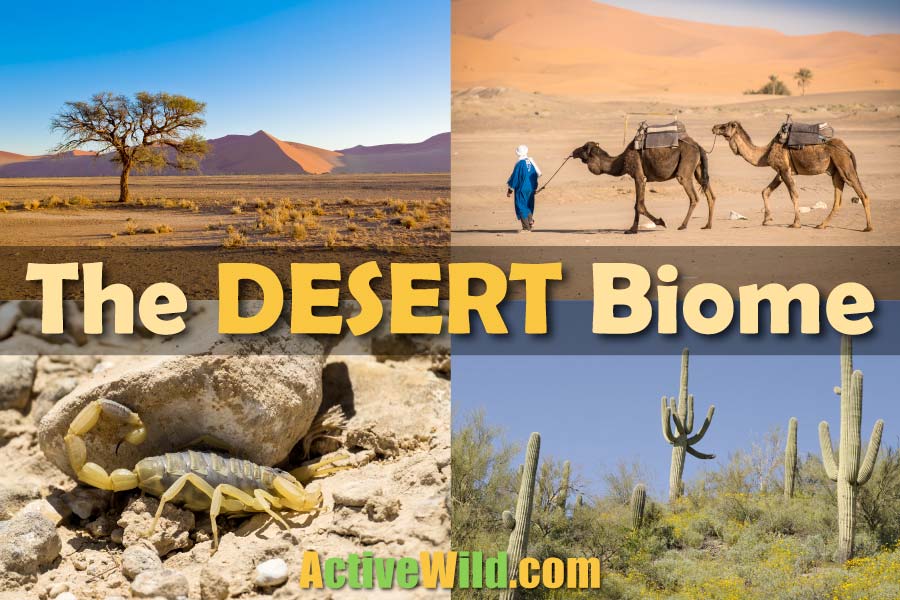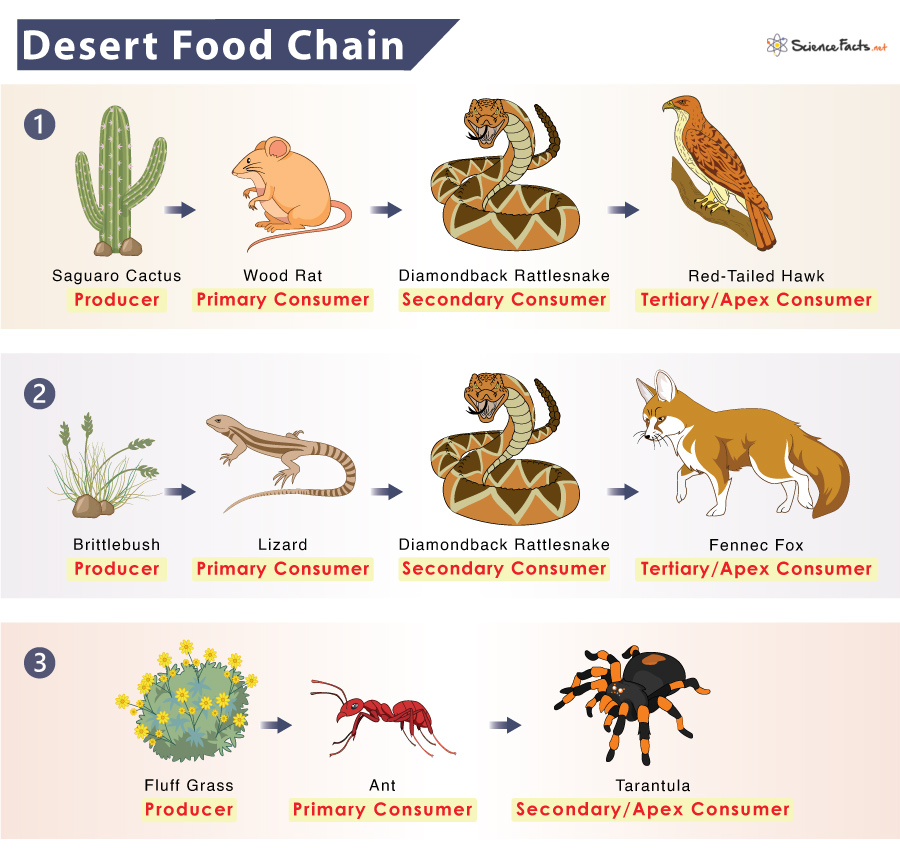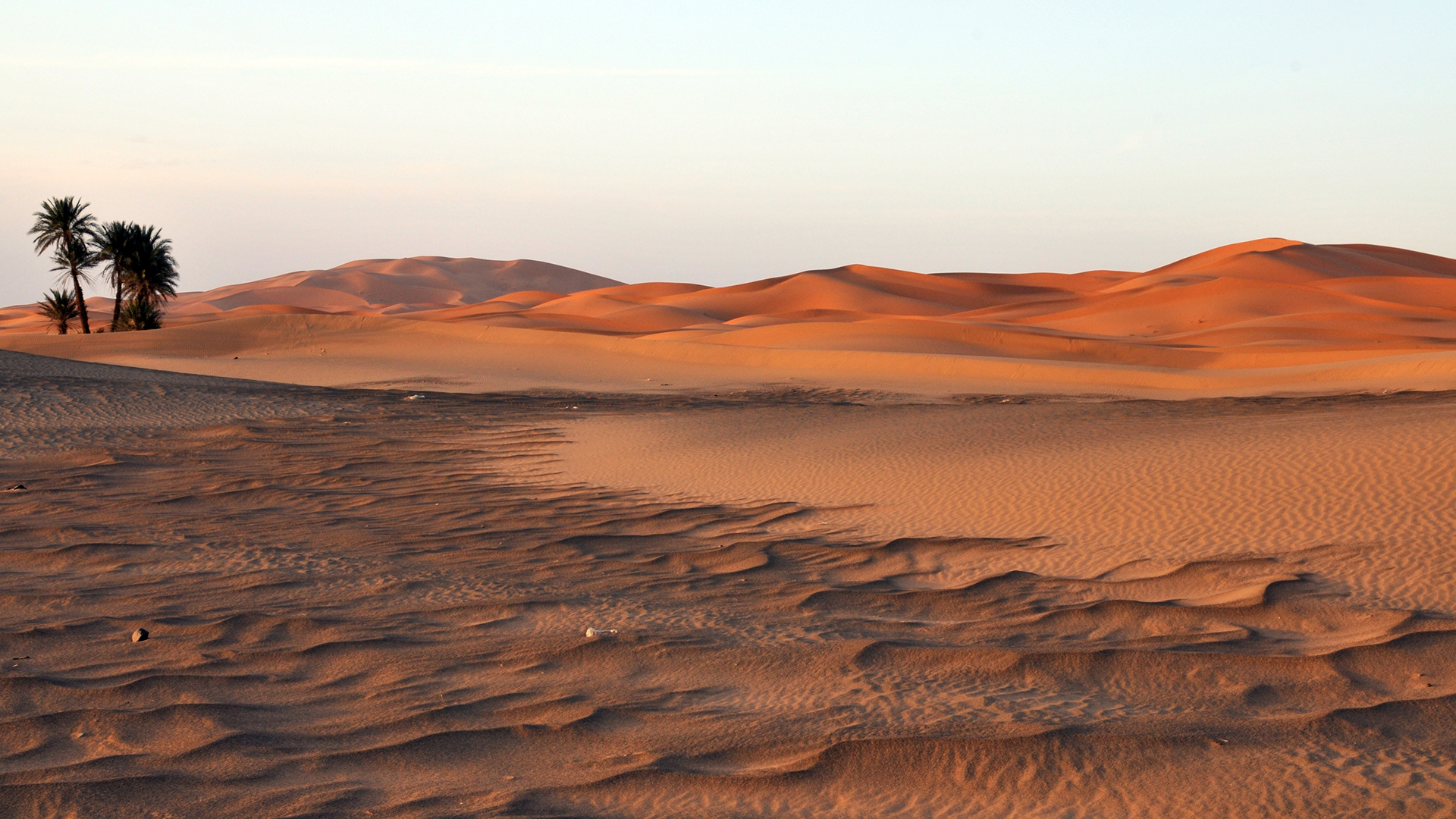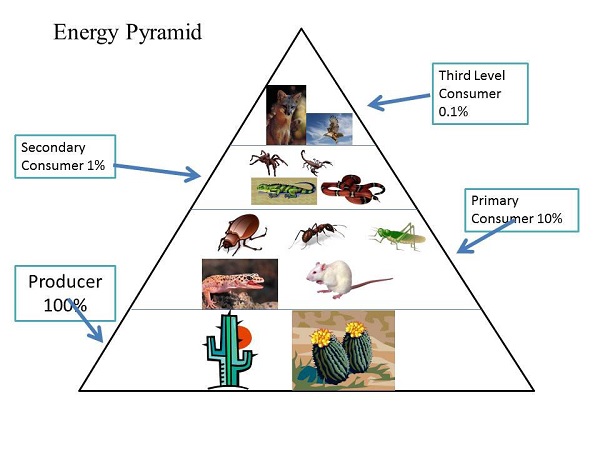Topic desert ecosystem description: Explore the resilience and beauty of desert ecosystems, where life thrives against the odds in one of Earth"s most challenging environments.
Table of Content
- What are the characteristics of a desert ecosystem?
- Overview of Desert Ecosystems
- Types of Deserts: Hot, Cold, Coastal, and Semi-Arid
- Climate and Weather Patterns in Deserts
- Flora and Fauna: Adaptations to Arid Environments
- Soil Types and Vegetation Cover
- Desertification and Environmental Threats
- YOUTUBE: Deserts 101
- Conservation Efforts in Desert Regions
- Human Life and Cultures in Deserts
- Desert Ecosystem Services and Resources
- Research and Education on Desert Ecology
What are the characteristics of a desert ecosystem?
A desert ecosystem is characterized by extreme aridity and limited water availability. It is a harsh environment where plants and animals have adapted to survive with minimal water resources. The following are the key characteristics of a desert ecosystem:
- Lack of rainfall: Deserts receive very little precipitation, often less than 25 cm (10 inches) of rain per year. This scarcity of water is one of the defining features of desert ecosystems.
- Extreme temperatures: Deserts experience extreme temperature variations, with scorching hot temperatures during the day and freezing cold temperatures at night. This fluctuation can be challenging for both plant and animal life.
- Low humidity: The air in deserts is often dry, leading to low humidity levels. The lack of moisture in the air further exacerbates the arid conditions of the ecosystem.
- Sparse vegetation: Desert plants have adapted to conserve water and tolerate drought conditions. Vegetation in deserts primarily consists of low-lying shrubs, succulents, cacti, and other xerophytic plants capable of storing water or reducing water loss through specialized adaptations like thick waxy coatings or spines.
- Specialized animal adaptations: Desert animals have evolved various adaptations to survive in the harsh desert environment. These include nocturnal activity patterns to avoid extreme day-time temperatures, burrowing to escape heat and conserve moisture, water-saving mechanisms, and efficient thermoregulation.
- Sand dunes and rocky terrain: Deserts often exhibit vast expanses of sandy dunes and rocky landscapes. The physical characteristics of the desert ecosystem vary depending on the region and specific desert type.
- Minimal surface water: Unlike many other ecosystems, deserts have limited surface water bodies such as rivers, lakes, or streams. Most desert animals and plants rely on underground water sources like oases or seasonal rainfall for their survival.
In summary, desert ecosystems are characterized by their extreme aridity, limited water resources, fluctuating temperatures, sparse vegetation, and specialized adaptations of the resident plants and animals to survive in these challenging conditions.
READ MORE:
Overview of Desert Ecosystems
Desert ecosystems are vast, arid regions that receive less than 250 millimeters of rain per year, creating environments where only the most adaptable species thrive. Despite the challenging conditions, these ecosystems are incredibly biodiverse and play a crucial role in our planet"s ecology.
- Characterized by extreme temperatures, deserts can be scorchingly hot during the day and freezing at night.
- Soil types range from sandy and rocky to saline, influencing the variety of plant life that can survive.
- Adaptations are key for both flora and fauna, with species developing unique ways to conserve water and regulate temperature.
- Desert landscapes are not barren wastelands but are home to a variety of life forms that have evolved over millennia to withstand the harsh conditions.
From the iconic saguaro cactus of the Sonoran Desert to the elusive sand cat in the Sahara, desert ecosystems showcase the resilience of life. Understanding these ecosystems is essential for their conservation and the sustainability of their unique biodiversity.
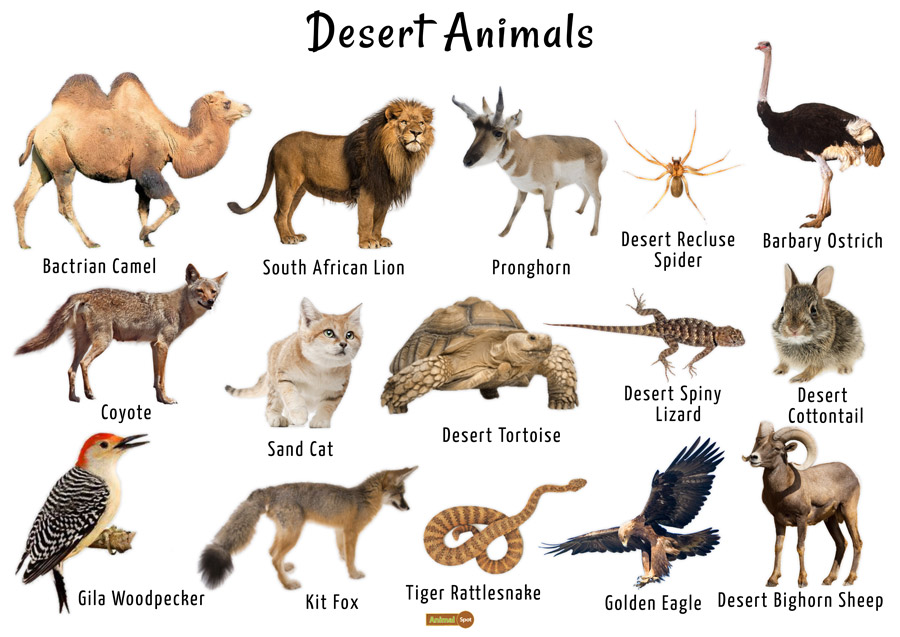
Types of Deserts: Hot, Cold, Coastal, and Semi-Arid
Deserts are not a monolith; they vary greatly in climate, location, and characteristics. Understanding the different types of deserts enhances our appreciation for their unique ecosystems and the life they support.
- Hot Deserts: Typically located around the equator, these deserts, like the Sahara and the Arabian, experience extremely high temperatures during the day and significant cooling at night. Their defining feature is the intense heat and sparse rainfall.
- Cold Deserts: Found in areas like the Gobi and the Great Basin, cold deserts have more precipitation than hot deserts but are characterized by freezing temperatures in the winter. Vegetation and animal life have adapted to the cold and the limited moisture.
- Coastal Deserts: Such as the Atacama in South America, coastal deserts are influenced by cold ocean currents, which reduce precipitation and maintain a moderate temperature range. They are often foggy, with moisture coming from the ocean.
- Semi-Arid Deserts: These deserts, including parts of the Great Plains in the United States, are transition zones between hot deserts and more humid environments. They receive more rainfall than their hotter counterparts, supporting a greater diversity of life.
Each desert type supports a unique ecosystem with specially adapted plants and animals. Recognizing these variations helps in the study and conservation of these remarkable and resilient habitats.
Climate and Weather Patterns in Deserts
Deserts are known for their extreme weather patterns, marked by minimal rainfall and significant temperature fluctuations between day and night. These conditions create a unique challenge for life but also lead to fascinating adaptations.
- Low Precipitation: Deserts typically receive less than 250 mm of rain per year, classifying them as areas with one of the lowest levels of precipitation on Earth.
- Temperature Extremes: Daytime temperatures can soar above 40°C (104°F) in many deserts, while at night, they can plummet to near freezing. This diurnal temperature variation tests the survival limits of desert inhabitants.
- Evaporation Rates: High temperatures lead to high rates of evaporation, further reducing available moisture for plants and animals.
- Rain Shadow Effect: Many deserts form in areas blocked by mountains, preventing moisture-laden air from reaching them, a phenomenon known as the rain shadow effect.
- Occasional Rainfalls: When rain does fall, it can be rapid and intense, leading to flash floods that reshape the landscape and provide a temporary abundance of water.
The climate and weather patterns of deserts, with their harsh conditions and stark contrasts, are integral to understanding the dynamics of these ecosystems. They influence every aspect of desert life, from the adaptations of plants and animals to the ways in which humans inhabit and utilize these spaces.

Flora and Fauna: Adaptations to Arid Environments
The harsh conditions of deserts demand extraordinary adaptations from their flora and fauna. These adaptations enable them to survive in an environment with extreme temperatures and scarce water.
- Plant Adaptations: Desert plants, such as cacti, have evolved to store water in their leaves or stems. Others have deep root systems to tap into underground water sources, and some have small or no leaves to reduce water loss.
- Animal Adaptations: Many desert animals are nocturnal, active at night to avoid the daytime heat. They also have specialized kidneys that conserve water, and some can go for long periods without drinking, obtaining moisture from their food.
- Survival Strategies: Desert organisms have developed behaviors and physical adaptations that minimize water loss and exposure to heat. For instance, many burrow underground during the hottest parts of the day or season.
- Reproductive Strategies: Both plants and animals have timed their reproductive cycles to coincide with the rare occurrences of rain, ensuring that their offspring have the best chance of survival.
These adaptations not only highlight the resilience of desert flora and fauna but also the intricate balance within these ecosystems. The survival strategies of desert inhabitants are remarkable examples of life"s ability to thrive under the most challenging conditions.
Soil Types and Vegetation Cover
Desert soils and vegetation are uniquely adapted to the extreme environmental conditions, playing a critical role in the ecosystem"s overall health and functionality.
- Soil Types: Desert soils can vary widely, from sandy and gravelly textures to clay and silty compositions. These soils often have high mineral content but low organic matter, influencing the types of vegetation that can thrive.
- Water Percolation: The ability of desert soils to quickly absorb and percolate water minimizes surface water but allows for the formation of underground reserves that plants can tap into.
- Vegetation Cover: Vegetation in deserts is sparse and scattered, adapted to conserve water. This includes succulents like cacti, deep-rooted shrubs, and hardy grasses that can survive the dry conditions and nutrient-poor soils.
- Nutrient Cycling: The limited vegetation cover plays a crucial role in nutrient cycling, breaking down organic material more slowly due to the dry conditions but effectively sustaining the soil"s fertility over time.
The interaction between soil types and vegetation cover in deserts is a testament to the resilience of life in these ecosystems. Despite the arid conditions, these components work together to support life and maintain ecological balance.

Desertification and Environmental Threats
Desertification and environmental threats pose significant challenges to desert ecosystems, affecting biodiversity, local communities, and global climate patterns.
- Desertification: The process by which fertile land becomes desert, typically as a result of drought, deforestation, or inappropriate agriculture. This degradation not only reduces the land"s productivity but also contributes to the loss of biodiversity.
- Climate Change: Climate change exacerbates desertification through increased temperature, altered precipitation patterns, and more extreme weather events, further stressing desert ecosystems.
- Water Scarcity: Overuse of water resources for agricultural and urban needs depletes the already scarce water supplies in desert areas, impacting both human and ecosystem health.
- Human Activities: Unsustainable land use, including overgrazing, deforestation, and the spread of invasive species, directly contributes to desertification and the decline of desert ecosystems.
- Biodiversity Loss: The reduction of habitat and the degradation of ecosystems lead to a decrease in species diversity, with some species facing the threat of extinction.
Addressing these threats requires global cooperation and sustainable management practices to preserve desert ecosystems for future generations. Through conservation efforts, we can mitigate the impacts of desertification and ensure the resilience of these vital landscapes.
Deserts 101
Description: Get ready to dive into a world of vivid imagery and captivating storytelling as this video takes you on an incredible journey through stunning landscapes and captivating scenes. Let the power of words transport you as you soak up every word of this mesmerizing description.
Desert Ecosystem
Desert: Immerse yourself in the breathtaking beauty of the desert with this awe-inspiring video. From vast sand dunes to magnificent sunsets, experience the mystique and tranquility that only the desert can offer. Get ready to be mesmerized by the raw, untouched beauty of this extraordinary landscape.
Conservation Efforts in Desert Regions
Conservation efforts in desert regions are critical for preserving these unique ecosystems, protecting biodiversity, and supporting local communities. A range of strategies and initiatives are in place to combat the challenges faced by deserts.
- Protected Areas: Establishing national parks and reserves to protect desert landscapes and their endemic species from human exploitation and habitat destruction.
- Sustainable Practices: Promoting sustainable land use and agricultural practices to prevent overgrazing, desertification, and soil erosion, ensuring the health of desert ecosystems.
- Water Conservation: Implementing efficient water use and management strategies to address water scarcity, including the use of drought-resistant crops and rainwater harvesting techniques.
- Reforestation and Restoration: Initiatives to restore degraded land and reforest areas can help reverse desertification and improve biodiversity.
- Research and Monitoring: Conducting research on desert ecology and monitoring ecosystems to inform conservation strategies and adapt to changing environmental conditions.
- Community Involvement: Engaging local communities in conservation efforts, providing education on sustainable practices, and supporting eco-tourism to generate income while preserving natural resources.
Through these efforts, conservationists aim to ensure the long-term sustainability of desert ecosystems, demonstrating the importance of collective action in facing environmental challenges.

Human Life and Cultures in Deserts
Human life and cultures in deserts are a testament to the adaptability and resilience of people. Despite the harsh conditions, many communities thrive, preserving rich traditions and contributing to the global cultural mosaic.
- Adaptation to the Environment: Desert communities have developed unique ways to live with the land, from building homes that reflect the desert"s heat and cold to sourcing water through innovative methods such as fog nets and underground aquifers.
- Agricultural Practices: Techniques like drip irrigation and the cultivation of drought-resistant crops allow for sustainable farming in areas with limited water resources.
- Cultural Traditions: Deserts are home to diverse cultures with rich traditions, from the Bedouins of the Middle East to the Native American tribes of the North American deserts. These communities have deep spiritual connections to their environments, reflected in their art, music, and storytelling.
- Economic Activities: Beyond agriculture, desert communities engage in trades such as handicrafts, tourism, and even solar energy production, taking advantage of the abundant sunlight.
- Conservation and Sustainability: Many desert inhabitants are at the forefront of conservation efforts, using traditional knowledge to protect their ecosystems while adapting to the challenges of climate change.
The lives of people in desert regions highlight the importance of harmony with nature and the innovative spirit required to flourish in one of Earth"s most challenging landscapes.
Desert Ecosystem Services and Resources
Desert ecosystems provide a range of essential services and resources that benefit the environment and human societies. These services are crucial for the sustainability of these arid regions and the planet as a whole.
- Biodiversity Conservation: Deserts are home to a unique array of biodiversity, offering habitats for numerous species adapted to arid conditions. Protecting these habitats supports global biodiversity.
- Carbon Sequestration: Desert soils and certain desert plants play a role in carbon sequestration, helping to mitigate climate change by capturing and storing carbon dioxide from the atmosphere.
- Water Regulation: The ability of deserts to manage water through underground aquifers is vital, supporting ecosystems and human populations in and around arid regions.
- Soil Formation and Protection: Desert ecosystems contribute to soil formation and prevent soil erosion through the vegetation cover and microbial activity in the soil, despite the challenging conditions.
- Cultural and Recreational Value: Deserts offer significant cultural heritage and recreational opportunities, from archaeological sites to natural parks, attracting tourists and contributing to local economies.
- Renewable Energy Sources: The vast, open spaces and high solar insolation in deserts are ideal for harnessing solar energy, providing a sustainable energy source with minimal environmental impact.
The services and resources provided by desert ecosystems underscore their value beyond their apparent aridity. These ecosystems are integral to ecological balance, cultural diversity, and economic development.

READ MORE:
Research and Education on Desert Ecology
Research and education are pivotal in understanding, preserving, and sustaining desert ecosystems. Through dedicated studies and educational programs, we can enhance our knowledge and awareness of these unique environments.
- Scientific Research: Ongoing scientific research in desert ecology helps uncover the complex relationships within these ecosystems, from understanding species adaptations to studying climate change impacts. Research stations and field studies are crucial for this work.
- Educational Programs: Educational initiatives ranging from school curriculums to public workshops raise awareness about the importance of deserts, their biodiversity, and the need for conservation.
- Community Engagement: Involving local communities in research and education projects fosters a deeper connection with the desert environment, promoting sustainable practices and conservation efforts.
- Global Collaboration: Collaboration among international research institutions and conservation organizations enhances our collective understanding of desert ecosystems and the global challenges they face.
- Policy and Conservation Planning: Research findings and educational outreach inform policy-making and conservation planning, ensuring that strategies are based on scientific evidence and community involvement.
Investing in research and education on desert ecology is essential for the future of these ecosystems. By expanding our knowledge and fostering an appreciation for deserts, we can ensure their preservation for generations to come.
Exploring desert ecosystems reveals a world of remarkable resilience and beauty. By understanding and valuing these unique landscapes, we can ensure their preservation and the survival of their diverse inhabitants for future generations.
